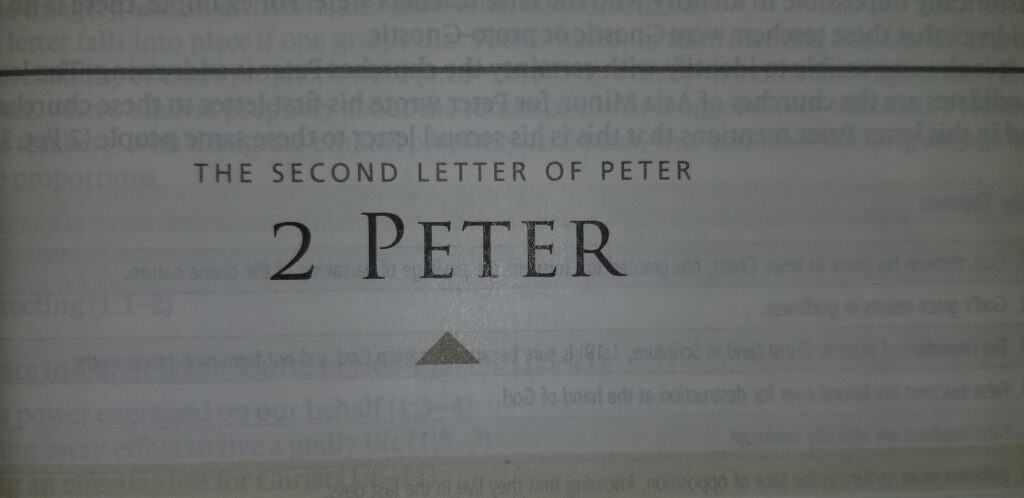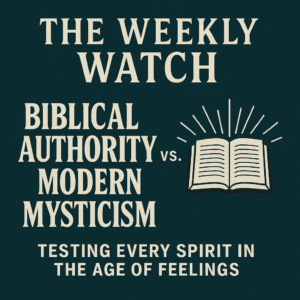⏱️ Estimated Reading Time: 3 min read
“Mythology is a search,” said G.K. Chesterton. “It is something that combines a recurrent desire with a recurrent doubt.” Humans have always shared “cleverly devised myths” that explore our relationship with the divine. The most outlandish and implausible myths, though they cannot be trusted as fact, reveal a longing for a divine power we can worship. Especially when we feel ourselves at the mercy of forces larger than we are, we long for someone to whom we can appeal. We want access to divine power that can save us from our circumstances!
Chesterton does not dismiss mythology as intentional deceit, but sees all myths as revealing a longing for God. He says myths “suggest what sort of a god might satisfy men; but they do not profess to be satisfied.” All myths have left humans wanting more. We do not want to put our faith in a mere myth. With our eternal future at stake, we want to put our faith in what is real. When someone makes a statement about who God is or how we ought to worship him, we want to make sure that person is someone we can trust.
Peter wants to emphasize that his testimony is eyewitness testimony. Like all the apostles, he saw Jesus walk and eat and teach and perform miracles during his time on Earth. Peter even participated when Jesus walked on water! But even more significantly, Peter was an “eyewitness of His majesty” (2 Peter 1:16). Peter is referring here to the transfiguration, which he witnessed. Peter saw Jesus transfigured “when he received honor and glory from God the Father” and Peter heard the voice of “the Majestic Glory” of God the Father announcing “This is my beloved Son, which whom I am well pleased” (2 Peter 1:17). Peter saw and heard direct evidence that Jesus was indeed the son of God.
Before he has to put off his earthly body (2 Peter 1:14), Peter must remind us one more time that “We ourselves heard this very voice borne from heaven, for we were with him on the holy mountain” (2 Peter 1:18). Peter, known for his impulsive enthusiasm, offers to build three tents for Jesus and Moses and Elijah that they might stay here on this mountain. “It is good that we are here!” he says to Jesus in Matthew 17:4. It seems that even as a much older man, Peter never forgot how extraordinary it had been to see and hear the glory of God. As one of the last remaining eyewitnesses of God’s glory through Jesus, Peter makes it a point to remind his readers (including us!) that these were not “cleverly devised myths” about Jesus (2 Peter 1:16). Peter had seen the actual “power and coming of our Lord Jesus Christ” (2 Peter 1:16).
We would do well to listen to this apostle’s final words, to treasure what he has left behind. He walked with Jesus on ordinary roads and on water, watched him break bread and multiply loaves, sat with Jesus while he prayed and while he heard God’s voice from heaven. He was an eyewitness to both the ordinary and extraordinary events of Jesus’ life, and as long as he is alive, Peter won’t stop making known to others what he has seen.




